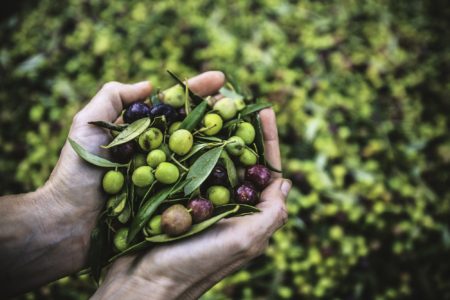February 1, 2020 – The first month of the 20s is already behind us and the people of the world continue to suffer from a lack of global leadership in addressing atmospheric warming and sea-level rise. The scientific community, however, has made its position overwhelmingly and abundantly clear. Carbon dioxide (CO2) emissions cannot exceed 420 billion tons, and we have to remove 720 billion tons from the atmosphere to limit mean temperature rise to 1.5 Celsius (2.4 Fahrenheit) degrees.
Can Trees Save Us?
Currently, reforestation and afforestation are trending as the way governments are attacking the global warming challenge spurred on by the United Nations’ trillion tree campaign. Why that big a number? Because planting a trillion trees would remove better than 80% of CO2 we humans produce at present in a decade. Planting 1.2 trillion trees would remove all the CO2.
It’s a noble objective but there have been hiccoughs along the way.
- An example of good intentions gone wrong occurred last November 11th’s with 11 million trees being planted in Turkey. The government had declared a National Forestation Day and volunteers at more than 2,000 sites did the planting. But it was the wrong time of year to plant. Thre trees were not well monitored and watered. The result, of the trees so far inspected, 90% have died. So instead of creating a significant natural carbon sink to remove thousands of tons of CO2, these dead trees will now contribute more of the greenhouse (GHG) to the atmosphere.
- China has been building a new Great Wall since 1978 to hold back the Gobi Desert. Instead of stone, it is trees, the world’s largest reforestation project. It is referred to as the Shelter Forest, and is seen as a barrier to desertification. It covers 405 million hectares (more than 1 billion acres) and is 50 meters (164 feet) in depth, and 4,500 kilometers (almost 2,800 miles) in length. In 2008, 20% of the trees suddenly died from an extreme weather event. The lack of species diversification in the planting was a contributing factor which means a sudden pest infestation or extreme weather occurrence could turn the Shelter Forest into a gigantic GHG contributor.
- Africa has been building its own green wall across 11 countries that border the Sahara Desert. The project is more than 15 years old now and involves planting drought-hardy native trees such as Acacia, Jujube and Desert Date, over a 7,000 kilometer (approximately 4,350 mile) stretch, to a depth of 15 kilometers (9.3 miles) to save the Sahel grasslands and savannah from desertification. Without significant monitoring Africa’s green wall may go the way of Turkey’s recent failed tree planting.
In other news, Canada has pledged to plant 2 billion trees over the next ten years to draw down millions of tons of CO2 emissions, and Australia, before this year’s wildfire season started, announced plans to plant 1 billion trees by 2050. They’ll need to up that number just to recover the number of trees already lost from bushfires.
Agriculture Emissions and a Global Behavioural Change
The livestock industry is a growing carbon emissions threat. The demand for meat, milk, and eggs in Developing World is causing an emissions explosion from 1990 at 758 million tons to 1.25 billion in 2017. By 2030 if current trends continue, livestock will produce 49% of the global carbon emissions budget.
In The Lancet recently, scientists called for the Developed World to do the following:
- Set a date for peak livestock production from all species with an agreement not to exceed that number.
- Identify the largest livestock emissions sources and set aggressive reduction targets.
- Diversify food production by replacing livestock sources with foods that maximize public health benefits and minimize carbon emissions. These include pulses such as beans, peas, and lentils, grains, fruits, vegetables, nuts, and seeds.
- Where grazing land is not required, repurpose land into carbon sinks through the restoration of native vegetation to maximize its carbon sequestration potential.
As a way to lower GHG emissions and keep the temperature of the planet from rising above 1.5 Celsius, it’s a tall order to ask people to eat less meat and eggs, and drink less milk. It will require a massive effort to educate the public about livestock and GHGs. If done properly all of us through dietary change can keep the lid on global warming.









